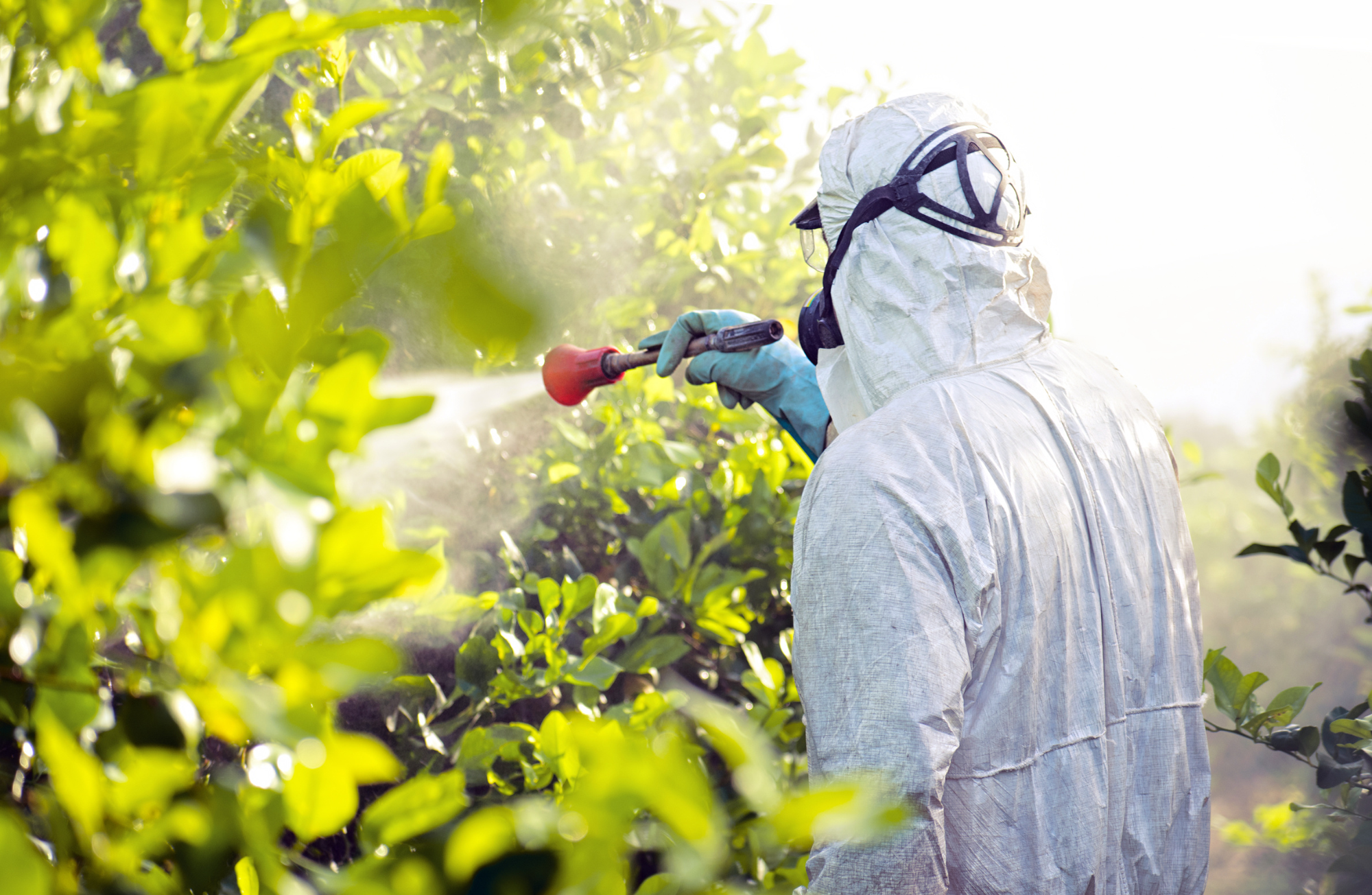
Semi-volatile organic compounds (SVOCs) are pervasive environmental contaminants that pose significant challenges to human health and the environment. Unlike volatile organic compounds (VOCs) that readily transform into vapor at lower temperatures, SVOCs are more likely to remain as liquids or solids at room temperature [8]. This key difference affects both their behavior in our surroundings and our exposure patterns, making their detection and monitoring critically important.
What are SVOCs?
SVOCs are organic chemicals with relatively low vapor pressure, meaning they evaporate more slowly than VOCs [2]. They are typically classified as organic materials with boiling points between 240°C-260°C and 380°C-400°C [9]. When SVOCs partially evaporate into the air, they form a mixture of mist and vapor—similar to how cigarette smoke contains both visible tobacco tar mist and invisible chemical vapors [7].
Common examples of SVOCs include:
- Polycyclic aromatic hydrocarbons (PAHs) from combustion processes
- Polychlorinated biphenyls (PCBs) used in fire extinguishers and other applications [1]
- Phthalate esters used as plasticizers [10]
- Flame retardants including PBBs
- Benzyl phthalate used in vinyl foams for floor tiling and flexible plastics [1]
- Benzoic acid found in food preservatives and plastics [1]
- Benzyl alcohol used as a solvent for inks, waxes, and paints [1]
Sources of SVOCs in Our Environment
SVOCs are ubiquitous in our daily lives, originating from various sources including:
- Pesticides and herbicides [8]
- Oil-based products [8]
- Fire retardants [8]
- Industrial processes and waste [2]
- Petroleum products and combustions byproducts [2]
Unlike VOCs that primarily disperse in the air, SVOCs can deposit on outdoor surfaces [8]. This characteristic allows them to persist in the environment for longer periods, potentially contaminating soil, water, and air [2].
Health Impacts on SVOC Exposure
The health risks associated with SVOC exposure are substantial and well-documented:
- Endocrine disruption: SVOCs like PAHs, phthalate esters (PAEs), PBDEs, and PCBs are known endocrine-disrupting chemicals (EDCs) that can affect human health at all life stages [3]
- Cancer risk: Multiple studies have observed a positive association between PAH exposure and lung cancer [3] [5]
- Other health effects: Some PAHs combined with indoor PM2.5 might be linked to the risk of developing asthma in children [3]
People spend a considerable portion of their lives indoors, making indoor SVOC exposure particularly concerning. A systematic review of studies in Chinese built environments found links between phthalate exposure and asthma/allergies, as well as between PAH exposure and lung cancer [5].
Detection Challenges and Methods
Detecting SVOCs presents unique challenges compared to VOCs:
- SVOCs partition among multiple environmental compartments (air, dust, surfaces, water, soil)
- Their persistence in the environment requires specialized sampling techniques
- Concentration in water is significantly affected by suspended solids content, with about 80% of SVOCs in runoff being in the suspended solids [6]
- In sediment, organic carbon content and distance from sources like highways and power plants affect SVOC concentrations [6]
Modern analytical techniques have significantly improved our ability to detect and measure SVOCs:
- Gas Chromatography-Mass Spectrometry (GC-MS) is widely used for SVOC analysis
- High-Performance Liquid Chromatography is used for compounds not amenable to gas chromatography, including PAHs, nitro-aromatics, and explosives [4]
- Electron Capture Detectors (ECDs) are commonly used to detect PCBs, organochlorine pesticides, and various halogenated hydrocarbons with sensitivity up to 1000 times greater than Flame Ionization Detectors [4]
- Selective Ion Monitoring (SIM) techniques enhance sensitivity and selectivity for target analytes, allowing for lower reporting limits and reduced matrix interference [2]
Regulatory Framework and Testing Standards
Given their health impacts, SVOCs are subject to various testing methods and regulations:
- EPA Method 8270 and EPA 625/625.1 are widely used methods for analyzing SVOCs in environmental samples [2]
- SW-846 8270 SIM (Selective Ion Monitoring) provides enhanced sensitivity for detecting SVOCs at lower concentrations [2]
- Accredited laboratories perform SVOC testing for water, groundwater, soil, and certain waste samples to ensure compliance with regulations [4]
- Industrial hygiene monitoring of SVOCs is essential to protect workers from harmful exposures and assess compliance with occupational health standards [7]
Why Detection Matters
Accurate detection and monitoring of SVOCs are crucial for several reasons:
1. Public Health Protection: Identifying exposure sources helps mitigate health risks, especially given the links to serious conditions like cancer and respiratory issues.
2. Environmental Assessment: Proper testing helps evaluate contamination in water, soil, and air, guiding remediation efforts.
3. Regulatory Compliance: Industries must monitor SVOC emissions to meet environmental standards and protect workers.
4. Research Advancement: Better detection methods improve our understanding of how SVOCs affect human health and the environment.
5. Standard Development: More evidence from detection studies is necessary to guide the establishment of standards for SVOC control in regions like China [5].
As our knowledge of SVOCs and their health effects continues to grow, so does the importance of developing more sensitive, accurate, and accessible detection methods. The significant health risks associated with these compounds—from endocrine disruption to cancer—underscore the critical need for continued research, monitoring, and regulation of SVOCs in our environment.
By investing in advanced detection technologies and comprehensive monitoring programs, we can better protect public health and preserve environmental quality for future generations.
Be sure to check out our other installments of our Environmental Contaminant Series covering Persistent Organic Pollutants (POPs), Polycyclic Aromatic Hydrocarbons (PAHs), Polychlorinated Biphenyls (PCBs), and Per- and Polyfluoroalkyl Substances (PFAS).
Citations:
- https://foobot.io/guides/what-are-semi-volatile-organic-compounds.php
- https://www.teklabinc.com/testing-services/8270-testing/
- https://pmc.ncbi.nlm.nih.gov/articles/PMC9819628/
- https://www.pacelabs.com/analytical-environmental/semi-volatiles-svocs/
- https://pubmed.ncbi.nlm.nih.gov/36613006/
- https://pubs.usgs.gov/publication/ofr98409
- https://lcslaboratory.com/air-testing/industrial-hygiene/semi-volatile/
- https://www.epa.gov/east-palestine-oh-train-derailment/what-are-svocs-and-vocs
- https://pmc.ncbi.nlm.nih.gov/articles/PMC7877794/
- https://www.sciencedirect.com/science/article/abs/pii/B978085709122250005X
